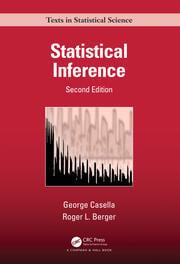
 The Real Python Podcast
The Real Python Podcast Solving Problems and Saving Time in Chemistry With Python
30 snips
Jul 4, 2025 Ben Lear, a chemistry professor at Penn State, and Christopher Johnson, an associate professor at Stony Brook University, explore the intersection of coding and chemistry in their discussion. They dive into the motivations behind scientists learning Python, emphasizing its role in streamlining workflows and data visualization. The duo shares their insights on the challenges of teaching coding to chemists, the impact of AI tools in education, and effective strategies to engage students. They also touch on programming environments and the importance of reproducibility in scientific research.
AI Snips
Chapters
Books
Transcript
Episode notes
Ben Lear's Python Origin Story
- Ben Lear started coding Python during his postdoc in 2007 to solve tedious data processing problems in chemistry.
- He quickly realized that Python could streamline data analysis far beyond Excel's capabilities.
Chris Johnson's Transition to Python
- Christopher Johnson began programming early, using Fortran and Pascal in physics and chemistry labs.
- He transitioned to Python recently due to performance improvements and broader applicability.
Chemistry's Complex Digital Landscape
- Chemistry workflows involve diverse instruments with multiple proprietary data formats.
- This creates complexity and opacity in data handling despite digital advances.


